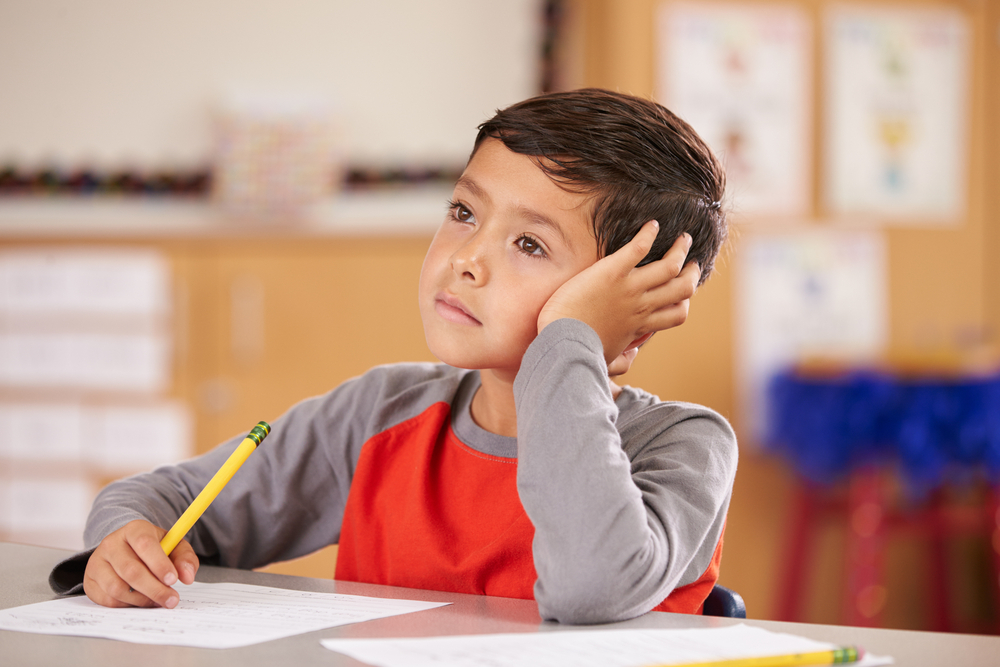
To fully grasp the concept of myopia in children, it's important to understand how the eye works. The eye functions much like a camera, focusing light onto the retina to create images. In a perfect eye, the cornea and lens focus light precisely onto the retina. However, in an eye with myopia, the light is focused in front of the retina, resulting in a blurred image.
Myopia in children often develops between the ages of six and fourteen. During these years, a child's body is growing rapidly, and changes in the shape or size of the eye can lead to myopia. For some children, myopia stabilizes in late adolescence, while for others, it may continue to progress.
Causes and Risk Factors of Myopia in Children
Myopia is caused by a mismatch in the growth and development of the eye. If the eyeball is too long or the cornea (the clear front cover of the eye) is too curved, the light entering the eye won't focus correctly on the retina. This discrepancy leads to myopia or nearsightedness.
There are several risk factors associated with the development of myopia in children. Genetics plays a crucial role - if one or both parents are nearsighted, their children are more likely to develop myopia. Environmental factors, such as lack of outdoor activity and excessive close-up work like reading, writing, or screen time, can also contribute to its onset.
Recent studies have also linked the onset and progression of myopia in children to the increased use of digital devices. The continuous close-up work strains the eyes, leading to changes in the eye's structure and function, potentially inducing or worsening myopia.
Importance of Early Detection of Myopia
The early detection of myopia in children is vital to prevent further vision loss. If left unchecked, myopia can progress throughout childhood and adolescence, leading to high myopia. High myopia increases the risk of developing serious eye conditions later in life, such as retinal detachment, glaucoma, and macular degeneration.
Early detection and treatment of myopia can significantly improve a child's quality of life. It can enhance their academic performance, participation in outdoor activities, and social interaction. It also lessens the risk of complications associated with high myopia.
How to Spot the Early Signs and Symptoms
Detecting the early signs and symptoms of myopia in children involves vigilant observation and regular eye check-ups. Pay attention to your child's behavior – are they squinting often? Do they have difficulty reading the board at school? Are they sitting too close to the television or holding books too close to their faces?
Regular eye examination is the most reliable way to detect myopia early. Most children should have their vision checked around the age of three and then again before starting school. If there's a family history of myopia or if your child shows any symptoms, more frequent eye examinations may be necessary.
What to Do if You Suspect Your Child Has Myopia
If you suspect your child has myopia, the first step is to schedule an eye examination with a qualified optometrist or ophthalmologist. They can accurately diagnose the condition and suggest appropriate treatment options. Treatment for myopia in children may involve corrective eyeglasses or contact lenses, eye exercises, or in some cases, orthokeratology (a treatment involving specially designed contact lenses worn overnight to reshape the cornea).
It's also important to address lifestyle factors that may contribute to myopia. Encourage your child to spend more time outdoors and limit their screen time. Ensure they have proper lighting when doing close-up work and remind them to take regular breaks to rest their eyes.
Protect Your Child’s Vision Today
Myopia in children is a growing concern that requires our attention. Recognizing the early signs and symptoms, understanding the causes and risk factors, and appreciating the importance of early detection can all play a significant role in managing this condition.
Regular eye check-ups for children are essential for early detection and treatment of myopia. These check-ups can help protect your child's vision and ensure they have the visual skills necessary for success in school and other activities.
For more on how to spot the early sign and symptoms of myopia in children, visit Blue Hills Eye Associates at our office in Braintree, Massachusetts. Call (781) 794-2200 to schedule an appointment today.








